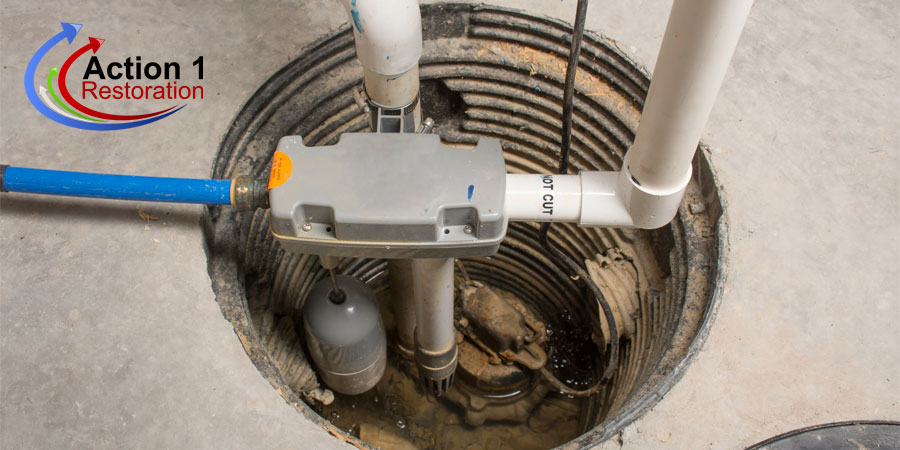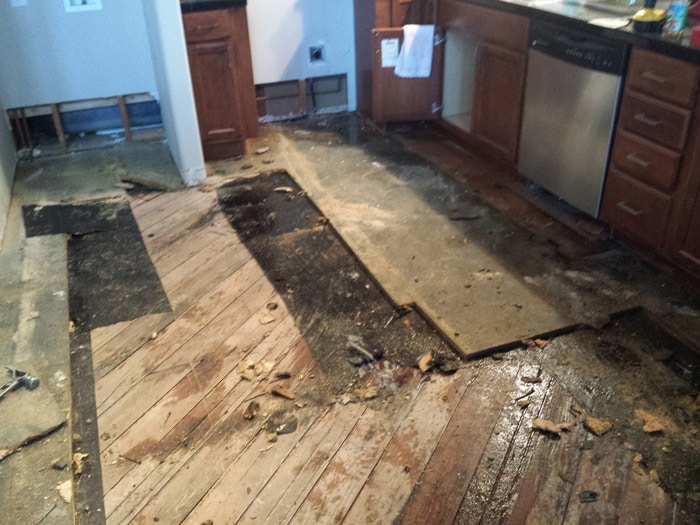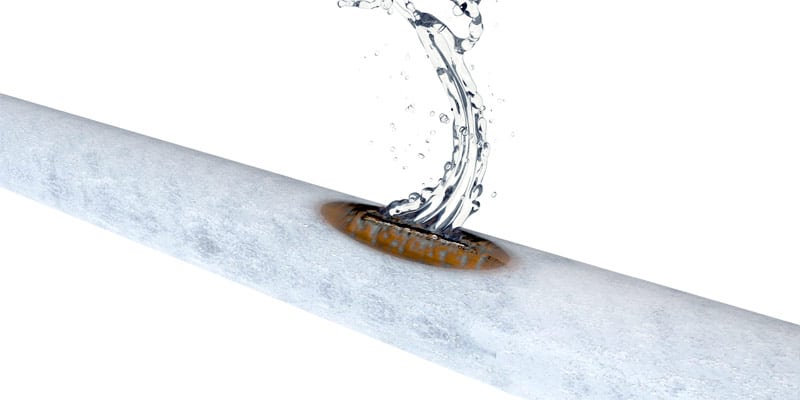If you have a flooded basement, it’s important to act fast so you can remedy the situation as quickly as possible. However, once the water has dried, you should also think about how you can work to prevent this from happening again in the future. At Action 1 Restoration, we recommend homeowners have a sump pump installed as a preventative solution for basement flooding. Since most homeowners who have basements are likely to deal with flooding at some point, this is an important tool in mitigating water damage and avoiding a disaster.
What is a Sump Pump?
Sump pumps are submersible pumps that are installed inside of sump pits at the lowest part of a basement. They work quickly to remove water that can be common in basements, whether from leaking or flooding. By draining and directing the water to an area away from your home’s foundation, this ensures water damage can be prevented and your basement can stay dry no matter what’s going on with the weather, or your plumbing.
Although common in new construction homes, especially in areas that are at an increased risk of flooding, sump pumps aren’t always found in older homes with basements. However, this has changed in recent years as homeowners have become more proactive in preventative maintenance. More sump pumps are now being installed in older homes in order to prevent the stress and damage that a flooded basement can create.
How Does a Sump Pump Work?
To better understand what you can expect from one of these machines, it’s important to learn a few details about the mechanics of how they work. Sump pumps are generally placed inside of sump pits. These are holes with gravel bases that are situated in the lowest part of the basement. Connected to this machine is a pipe that extends outside of the home so that water can be drained away from the foundation of the home. This same pipe is equipped with a check valve that prevents any outside water from coming back inside and filling the pit back up.
Once the pressure sensor inside of the machine detects water, the pump will turn on and begin taking water out of the pit. However, some sump pumps are not automatic and must be manually operated by the homeowner. There are also two different types of sump pump designs, including a submersible pump, which has a waterproof encasing so it can stay inside the sump pit at the bottom. The other is a pedestal sump pump, which will sit at the top of a sump pit to avoid getting wet.
What to Look for in a Sump Pump

- A voltage of 110 is adequate if you’re using the machine within an average home. Warehouses or large buildings should have sump pumps with a voltage of 220+.
- A machine with automatic controls is preferable, as this is more convenient than a manual sump pump.
- If you’re only dealing with water inside of an average home, then horsepower at one-quarter to one-third should be adequate.
- Head pressure will determine the height that the pump can raise water, with most being around 12-feet in length.
- A backup system is recommended if you’d like your sump pump to continue to work even after the power has gone out.
What Happens When it Floods?
With a sump pump properly installed, you will have a very low chance of experiencing flooding in your basement. Since it’s estimated that over 90% of basements will be impacted by moisture at some point, this means you may be able avoid water damage many times. This can give you peace of mind in your home, especially if you live in an area that’s prone to flooding. While it’s beneficial to avoid damage because of the hassle, this also means avoiding costly water damage repairs that would otherwise be necessary.
What if Flooding Has Already Happened?
If your home has already been flooded and your basement is wet, you’ll need to get started with water damage restoration as soon as possible. Our team at Action 1 Restoration strongly recommends hiring a professional if you don’t have experience with this on your own. There is a lot of different commercial grade specialized equipment that is used during the process. This will ensure your home and basement are properly dried and can be recovered without the risk of mold and mildew growth. Once finished, you can work with a contractor to have your choice of sump pump installed and working right away.




